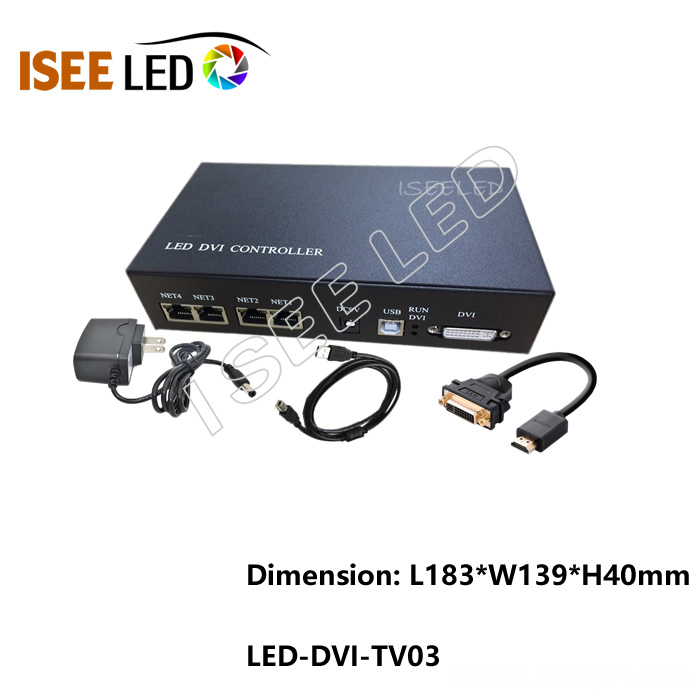**Abstract**
China's solar photovoltaic industry has gone through a dramatic journey over the past one or two years, marked by rapid growth, reaching its peak, and then facing a decline. This rollercoaster-like development has been influenced by various factors, including overcapacity and an imbalance between supply and demand. Additionally, the "double reverse" trade restrictions in overseas markets have further complicated the situation, affecting the overall performance of China's solar energy sector.
The imbalance in the market has led to a significant slowdown in production, with more than 85% of polysilicon enterprises halting operations, according to Ding Wenwu, director of the Department of Electronic Information at the Ministry of Industry and Information Technology. To address these challenges, it is essential to support the industry's sustainable development. One key strategy proposed by Ding is encouraging mergers and acquisitions (M&A) within the sector. However, he emphasized that M&A is not a simple process and must be driven by market forces rather than government intervention alone.
In January this year, the State Council’s General Office released the "12th Five-Year Plan for Energy Development," which included measures to merge, reorganize, optimize, and upgrade the photovoltaic industry. Similarly, the National Energy Administration issued the "Twelfth Five-Year Plan for Solar Power Development" last September, highlighting the need for the state to support leading companies in mastering core technologies and enhancing their competitive edge. The plan also stresses the importance of setting strict entry barriers for new manufacturers in the industry.
Industry insiders noted that while Chinese PV companies faced significant challenges due to anti-dumping investigations in the U.S. and Europe over the past two years, their overall production capacity has not dropped. This has contributed to a supply-demand imbalance. The number of PV firms has also halved, indicating the urgent need for industrial restructuring and technological upgrades. Mergers and acquisitions are expected to play a crucial role in shaping the future of the sector.
A brokerage analyst stated that with the implementation of supportive policies, the integration of the photovoltaic industry could open up new opportunities. Mergers and acquisitions can help reduce excess production capacity and allow industry leaders to strengthen their market positions. However, such large-scale restructuring will require comprehensive policy support and careful planning.
Ding Wenwu mentioned that his department is currently working on developing guidelines to promote the healthy development of the solar photovoltaic industry. These guidelines may cover issues such as industry access and policy adjustments, though no specific timeline has been announced yet.
He also clarified that the entry barrier is not based on administrative licenses but is instead determined by technical, production, environmental, and company capability standards. Enterprises failing to meet these criteria may face limitations in areas like bank loans and land approvals.
We carry various dvi controller and computer software to fully customize your led lighting effects using iseeled's dvi LED Controller and video wall controller. These producrts can be used for your night club lighting, bars, theater, movie sets and many more projects require control of a large number of RGB led lights.
Photo show of DVI LED Controller:

Dvi Led Controller,Dvi Controller,Video Wall Controller ,Dvi Led Video Wall Controller
Shenzhen Iseeled Technology Co., Ltd. , https://www.iseeledlight.com